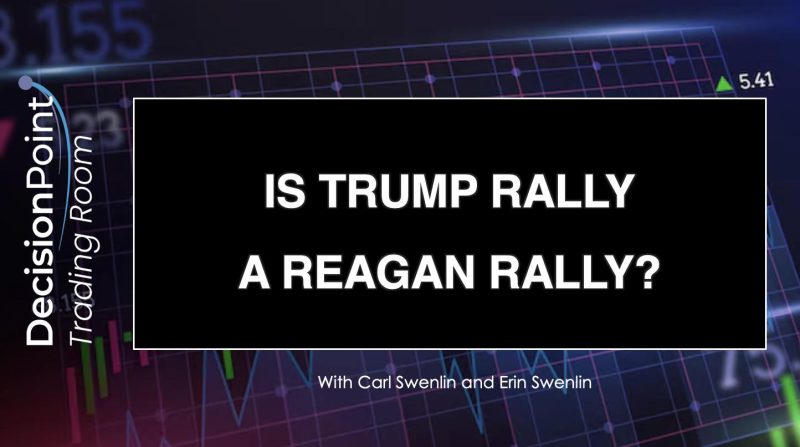
Comparing the Trump Rally to the Reagan Rally: A Historical Perspective
As fascinating as the comparison between the Trump rally and the Reagan rally may seem, it is essential to delve deeper into the unique characteristics and implications of each political movement. While there are undeniable similarities between the two rallies, such as their charismatic leaders and strong emphasis on patriotism, a closer examination reveals distinct differences that set them apart.
One key difference lies in the socio-political context of each rally. The Reagan rally occurred during the height of the Cold War and a tense global political climate, with the United States locked in a political and ideological struggle with the Soviet Union. Reagan’s rhetoric emphasized American exceptionalism and a tough stance against perceived threats, resonating with a populace hungry for strong leadership in turbulent times.
In contrast, the Trump rally took place in an era marked by increasing polarization and social upheaval within the United States itself. Trump tapped into widespread disillusionment with the political establishment and promised to Make America Great Again by challenging the status quo and prioritizing the interests of ordinary Americans. His blunt, unorthodox communication style appealed to voters seeking a break from the perceived elitism and political correctness of traditional politicians.
Another crucial distinction can be found in the economic policies advocated by each leader. Reagan was a staunch advocate of supply-side economics, championing tax cuts and deregulation as the keys to fostering economic growth and prosperity. His policies ushered in an era of economic expansion and renewed American confidence on the world stage.
On the other hand, Trump focused heavily on protectionist policies and a more aggressive approach to trade relations, seeking to bring jobs back to American shores and renegotiate global trade agreements. While his administration saw some economic gains, particularly in terms of job creation and stock market performance, his policies generated significant controversy and divided opinions both domestically and internationally.
Furthermore, the role of media and communication in shaping public perception has evolved significantly between the Reagan and Trump eras. Reagan mastered the art of communicating his message through traditional media channels, such as television and radio, cultivating a folksy, relatable image that endeared him to many Americans. In contrast, Trump harnessed the power of social media and digital technology to bypass traditional gatekeepers and speak directly to his supporters, often in inflammatory and divisive language that generated both fervent support and intense opposition.
In conclusion, while the Trump rally and the Reagan rally share certain surface similarities, a closer examination reveals profound differences in terms of historical context, economic policies, communication strategies, and societal dynamics. Understanding these distinctions is essential for grasping the complex legacies of these two influential political movements and their lasting impact on American society and politics.
